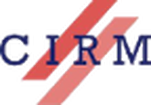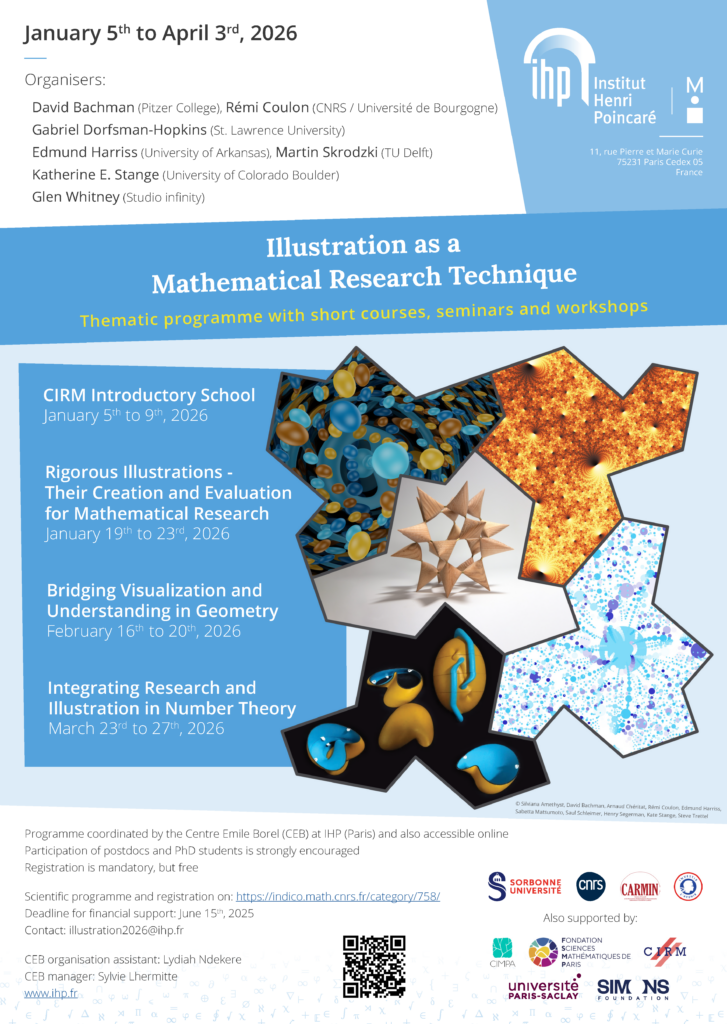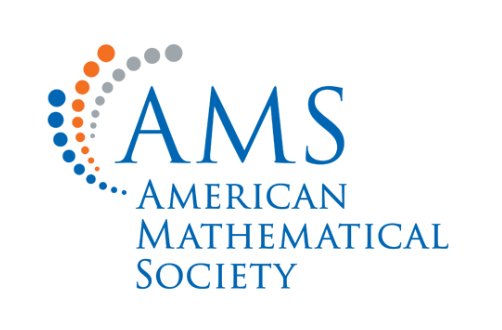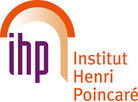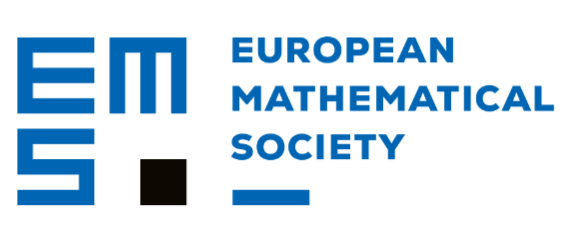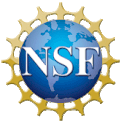Scientific Committee
Comité scientifique
Alexander Holroyd (University of Bristol)
Saul Schleimer (University of Warwick)
Henry Segerman (Oklahoma State University)
Laura Taalman (James Madison University)
Organizing Committee
Comité d’organisation
David Bachman (Pitzer College)
Rémi Coulon (Université de Bourgogne)
Gabriel Dorfsman-Hopkins (University of Washington)
Edmund Harriss (University of Arkansas)
Martin Skrodzki (TU Delft)
Katherine Stange (University of Colorado Boulder)
Glen Whitney (University of Michigan)
contact: illustration2026@ihp.fr

IMPORTANT WARNING: Scam / Phishing / SMiShing ! Note that ill-intentioned people may be trying to contact some of participants by email or phone to get money and personal details, by pretending to be part of the staff of our conference center (CIRM). CIRM and the organizers will NEVER contact you by phone on this issue and will NEVER ask you to pay for accommodation/ board / possible registration fee in advance. Any due payment will be taken onsite at CIRM during your stay.
Mathematical understanding is built in many ways. Among these, illustration has been a companion and tool to research for as long as research has taken place. Illustration can even make mathematics an experimental science, so that computational results can drive the cycle of problem, conjecture, and proof. Today, modern digital technologies have made this approach even more accessible. Moreover, the very process of illustration itself can challenge our understanding of a mathematical topic and forces us to answer questions we may not have posed otherwise. Based around two mini courses, this school will showcase how illustration can be part of research in mathematics: as a source of new questions, as a support for exploring problems, as a means to validate hypotheses, as a tool to communicate their ideas, etc. The school is not meant to turn participants into experts in a particular language or software, but rather to introduce them to illustration practices, for example through research case studies.
La compréhension des mathématiques se construit de multiples façons. Parmi celles-ci, l’illustration accompagne la recherche depuis ses origines. L’illustration peut même faire des mathématiques une science expérimentale, où les résultats des simulations viennent alimenter le cycle problème – conjecture – démonstration. De nos jours, cette approche est facilitée grâce à la démocratisation des outils numériques. En outre, le processus même d’illustration peut apporter un nouvel éclairage sur un sujet mathématique et nous obliger à répondre à des questions que nous n’aurions peut-être pas posées autrement. Basée autour de deux mini-cours, cette école montrera comment l’illustration peut alimenter la recherche en mathématiques : comme source de nouvelles questions, comme outil d’exploration, comme moyen de valider des hypothèses, comme support pour communiquer ses idées, etc. L’école n’a pas pour but de rendre les participants experts dans un langage ou un logiciel particulier, mais plutôt de les initier aux pratiques d’illustration, notamment à travers des études de cas issues de la recherche.
MINI-COURSES
Chaim Goodman-Strauss (National Museum of Mathematics), Michael Martin Katzenberger (National Museum of Mathematics), Tim Reinhardt (Technical University of Munich) CindyJS
Steve Trettel (University of San Francisco) ShaderToy
SPEAKERS
David Bachman (Pitzer College)
Sylvie Benzoni-Gavage (Université Claude Bernard Lyon 1)
Chaim Goodman-Strauss (National Museum of Mathematics)
Saul Schleimer (University of Warwick)
Katherine Stange (University of Colorado Boulder)

